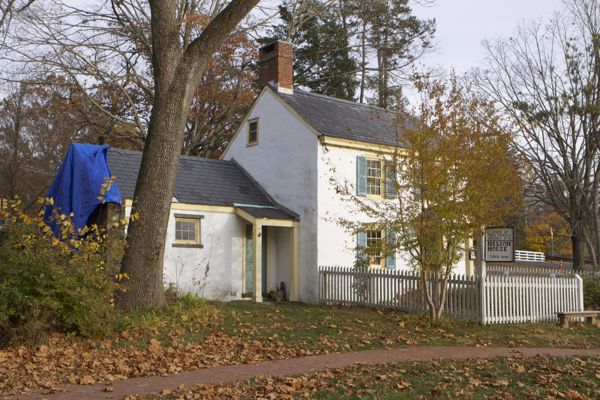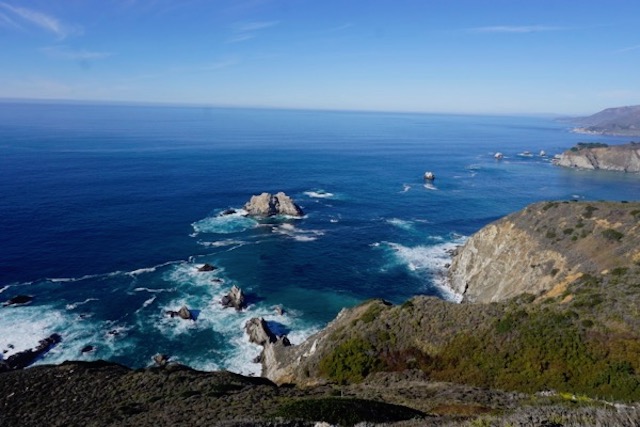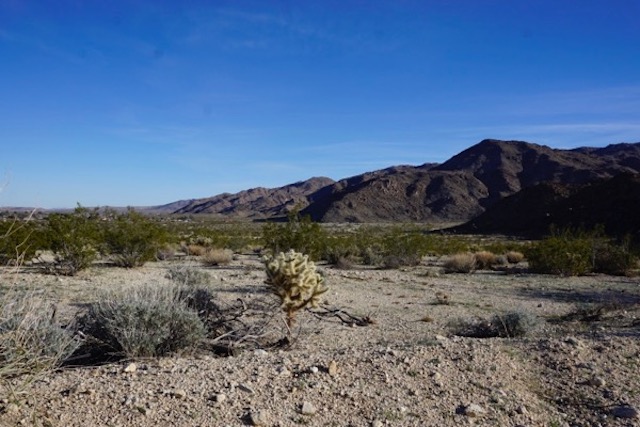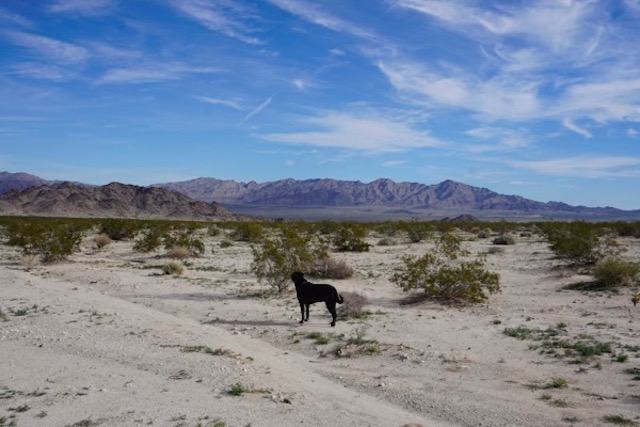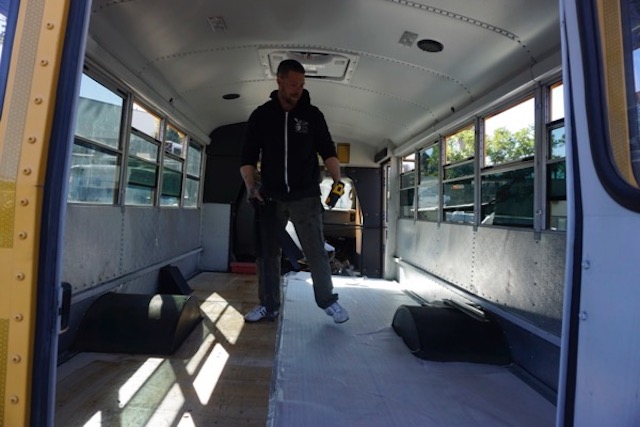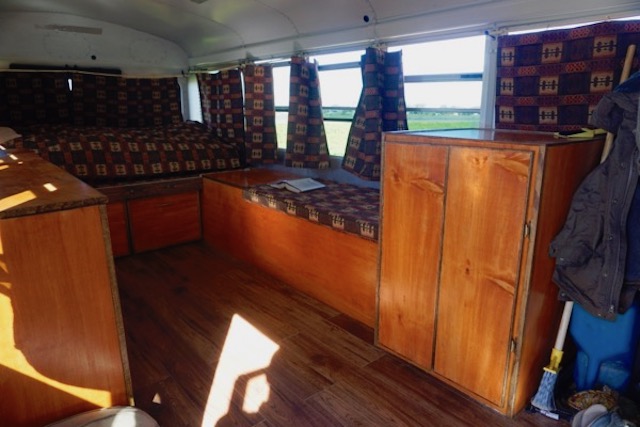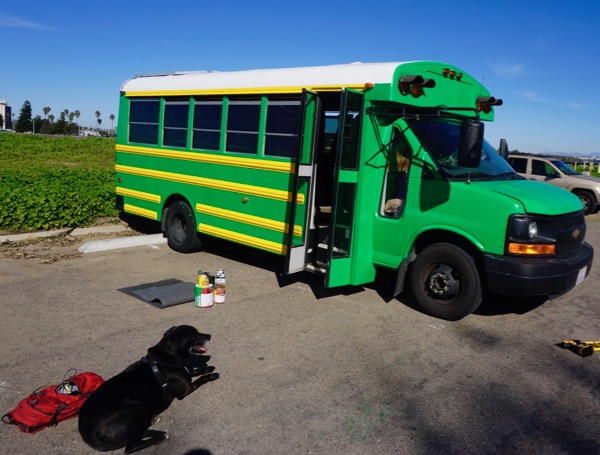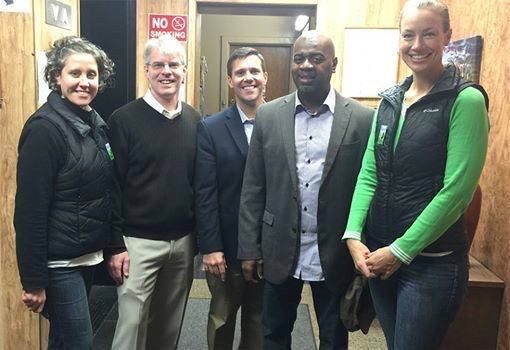Green Greed – Reduced Funding For Public Lands, More Money To Private Groups
Robbing Peter To Pay Paul and Getting Paid For It
The Dismantling of the Green Acres Public Legacy
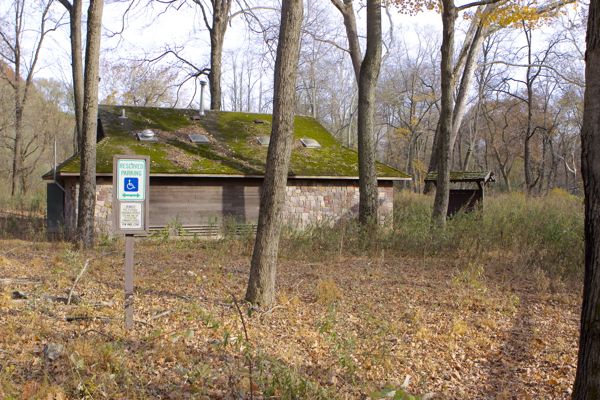
weeds grow at restroom at Bulls Island SP – park is still closed. The building has since been demolished
They say it’s not over till the Fat Lady sings – well the Fat Lady just sang.
The mask is completely off – as NJ Spotlight reports today.
The corrupt saga of renewal of funding for NJ’s Green Acres open space, farmland and historic preservation is over. And so is the consensus and good will that built that legacy.
The Green Acres funding renewal saga has ended as it began, on a corrupt note.
I say “corrupt note” because I can’t think of anything more precise than corruption.
When elite private conservation groups negotiate a very bad deal, then mislead the public about it (via a $1 million PR campaign), and finally benefit financially while the public and environment suffers, that’s corruption.
And that is exactly what’s transpired.
As NJ.Com reported in the wake of passage of the Constitutional amendment:
Bill Wolfe, the head of the New Jersey chapter of Public Employees for Environmental Responsibility, said voters were “actively misinformed” about the “unprecedented, deep cuts” brought about by the ballot initiative, blaming the Keep It Green coalition for overemphasizing the benefits to open space and downplaying the cuts.
“The public was duped on this,” Wolfe said.
Wolfe recommended restoring funding for state parks and the DEP, which could see significant staff cuts from the shortfall, before appropriating money elsewhere. (He outlined those recommendations on his blog here.)
The corruption is the result of 3 bad outcomes that we predicted would result from a very bad and self serving deal the Green Mafia negotiated:
1. A significant reduction of millions of dollars in funding for open space acquisition, farmland preservation, and historic preservation.
NJ Spotlight reports on LESS money:
Still, the overall funding falls short of what had been spent in past years when — relying mostly on borrowing — the state would devote up to $200 million on open space and farmland projects.
Despite LESS overall money, MORE money and greater share of the money goes to private conservation groups:
Nonprofit conservation groups, which leverage state open-space and farmland money with their own funds to preserve undeveloped and agricultural land, also saw increases in funds allocated to their efforts. Open-space acquisitions for nonprofits increased from 2 percent to 10 percent and farmland preservation efforts also rose from 3 percent to 4 percent.
Five times more funding to the elite conservation groups that reduced funding and screwed everybody else.
2. On top of that, hundreds of millions of dollars were diverted from State Parks capital budget; State clean water protection programs; and DEP toxic site cleanup funding;
The diversion of State Parks capital funds prompted NJ DEP State Parks Director Mark Texel to speak out publicly in opposition.
Director Mark Texel wrote the following on Keep It Green Facebook page on 11/5/14:
As the Director of the NJ State Park Service now coping with the reality that our entire Parks capital budget will be completely eliminated beginning July 1, 2015 as a result of the YES vote I can say this is the darkest day I have faced in my professional career. Worse than Superstorm Sandy. 440,000+ acres of preserved open space, 52 historic sites, 39 parks — used by 8 million visitors each year — all managed by my agency and now with no funding plan in place for stewardship beginning in just 7 months. This is not a bad reality TV show. This is New Jersey’s Inconvenient Truth hidden from voters throughout this campaign.
Those greedy diversions prompted the Bergen Record to editorialize in opposition to the Ballot Question.
The Bergen Record editorialized, warned voters, and urged a NO vote, see: Public Question No. 2
It may seem obvious to support dedicating money to preserve land in the nation’s most congested state, but voters really have to consider the fine print on this one.
The dedicated money from the corporate tax now is used primarily to improve water quality, to clean polluted sites and to remove underground tanks. The proposed amendment would redirect most of that money to preserve open space, farmland and historic sites. The amendment would raise the dedicated portion of the corporate business tax to 6 percent in 2019.
Critics, including some environmental groups, fear that the redirection would hurt the state’s ongoing water quality and cleanup programs.
Those chickens have now come how to roost – and the Greedy Green thieves are being rewarded.
3. Despite FAR LESS TOTAL GREEN ACRES MONEY, MORE public funds – and a greater percentage of public funds – are allocated to private land conservation groups for private purposes.
Private land conservation groups negotiated this Green Acres funding renewal bad deal privately, behind closed doors.
Those same private land conservation groups make private decisions about where to acquire and protect land; what lands to protect; who to buy it from; how much to pay for it; and how those lands are managed and used.
Those same private land conservation groups now get more money for the terrible deal they negotiated and lied to the public about.
If the rich folks up in Harding want to pay top dollar to greedy land speculating corporations and the landed gentry, then let them spend their own money to do so – don’t steal public funds that have been taken away from State Parks and DEP environmental programs.
And what really galls me is that this elite, greedy, self dealing is masked by Big Lies and slogans like “environmental justice”, see:
And all this damage because NJ Conservation groups were too cowardly and corrupt to take on Gov. Christie and demand he renew traditional Green Acres funding levels & finance mechanism.
As the Bergen Record reported (see: Budget cuts doom state parks to disrepair (6/28/17):
Bill Wolfe, director of the non-profit Public Employees for Environmental Responsibility, said he didn’t believe that voters in 2014 knew this would happen.
He accused NJ Keep It Green of “intentionally, knowingly” stripping state parks of capital funding to finance Green Acres so they wouldn’t have to ask voters to approve a bond. That, he said, let open space groups avoid a public brawl with Governor Christie, who has demanded no new debt be placed on taxpayers. The coalition, he said, “didn’t have the spine to fight for the money.”
The people of NJ should be outraged by this incompetent, greedy self dealing masquerading as public interest public land conservation.
Contact your legislators and tell them to REDUCE allocations to the non-profits as punishment for the bad deal they negotiated with the Christie administration and Democratic lawmakers.
If the public budget is DEEPLY reduced, then non-profits must share the pain.
